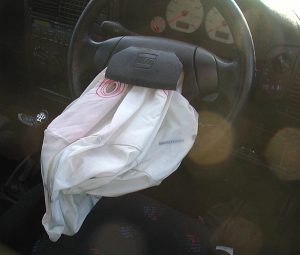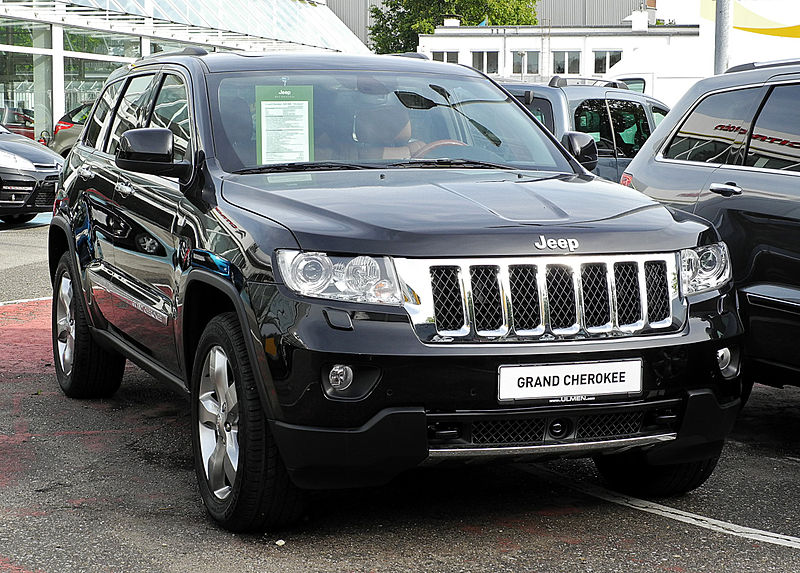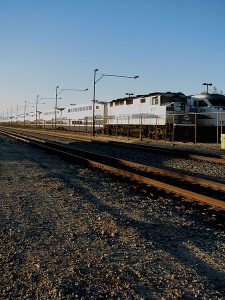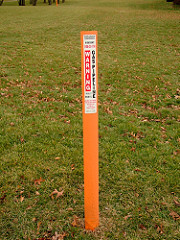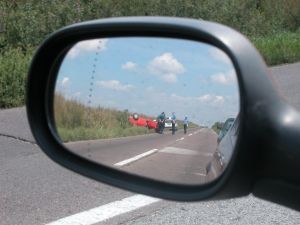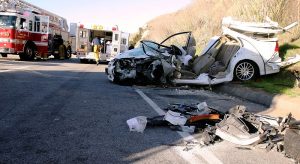 When a vehicle accident happens, it is often caused by the negligence of one of the drivers. Sometimes, however, more than one driver may have done something to contribute to the accident. In California, you may be partially responsible for an accident and still recover damages from the other driver. This system is known as comparative negligence. Although not all states participate in this method of allocating liability, California follows what is called “pure comparative negligence.”
When a vehicle accident happens, it is often caused by the negligence of one of the drivers. Sometimes, however, more than one driver may have done something to contribute to the accident. In California, you may be partially responsible for an accident and still recover damages from the other driver. This system is known as comparative negligence. Although not all states participate in this method of allocating liability, California follows what is called “pure comparative negligence.”
Pure Comparative Negligence
The system of deciding fault for an accident in California is based on pure comparative negligence. This means that when an accident occurs, all drivers who are involved are assigned a portion of responsibility for the crash. Each party may then receive any damage awards based on these percentages. For those who were partly liable for the crash, the system is a fair way to apportion fault and compensation.
 San Francisco Injury Lawyer Blog
San Francisco Injury Lawyer Blog




